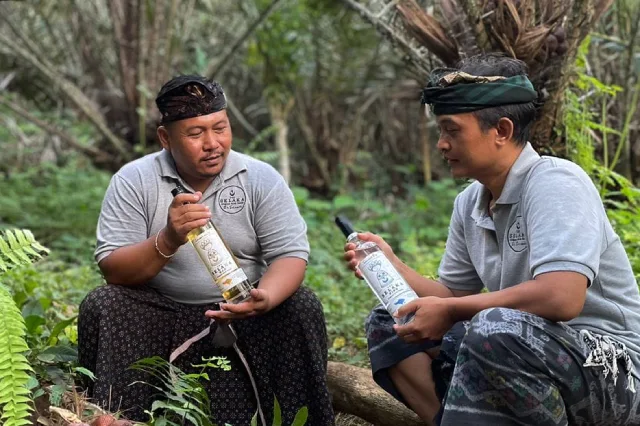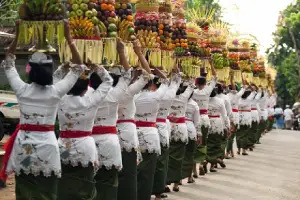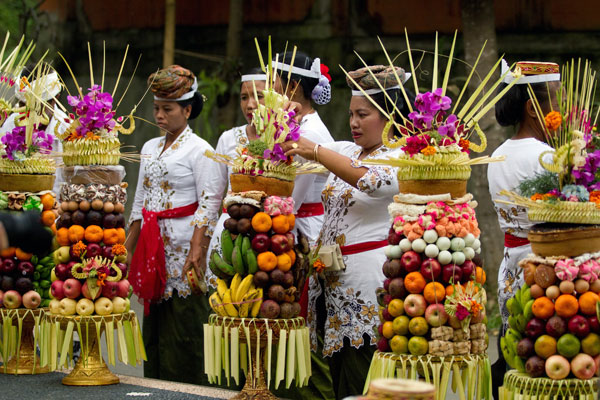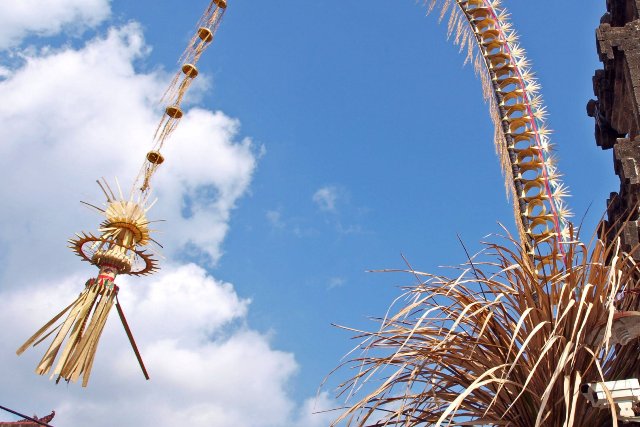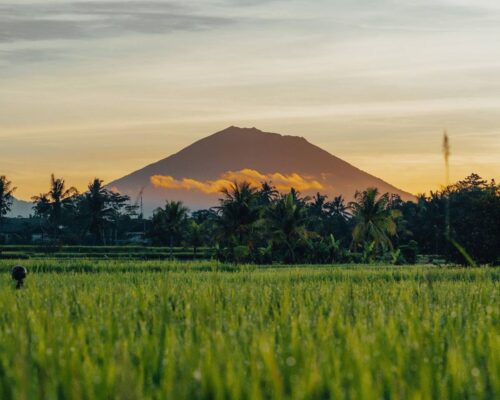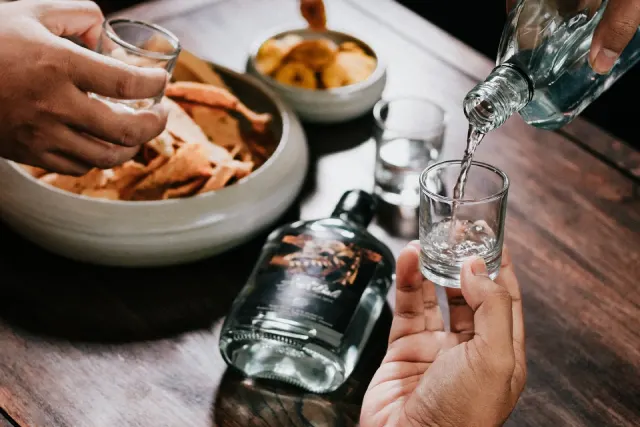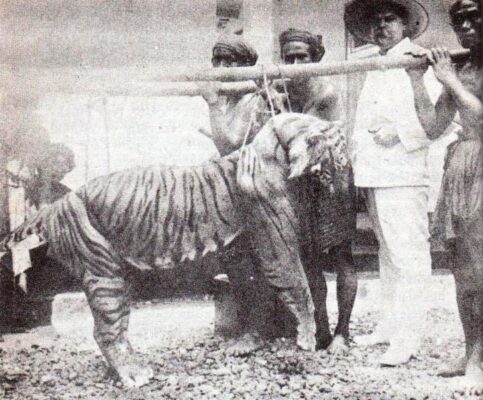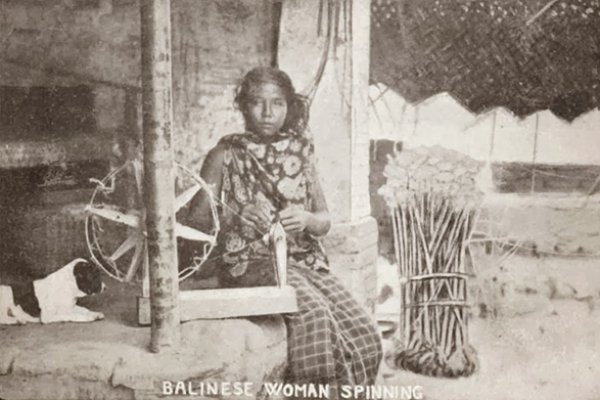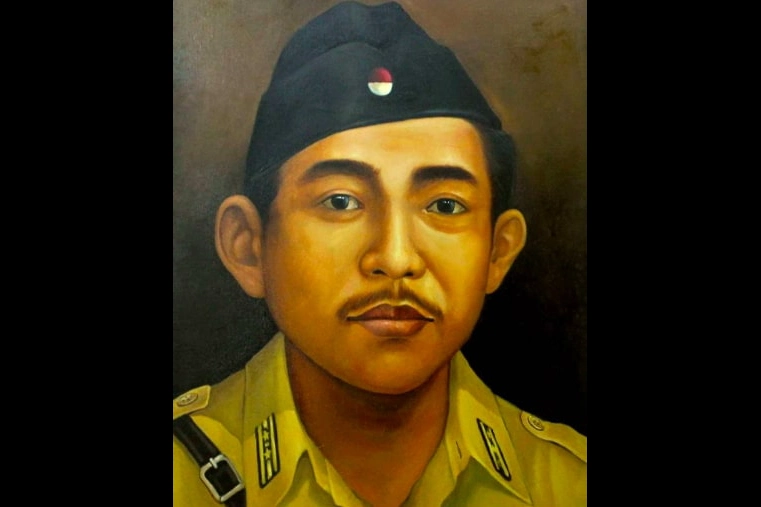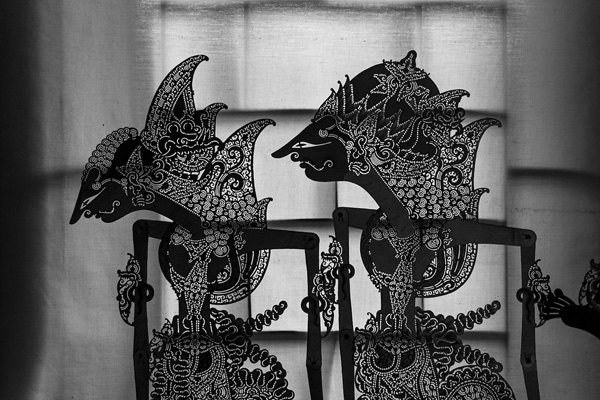Things to Do in Bali
Balinese names are designed to have an order
The Majapahit empire of Java introduced the Catur Warna caste system to Bali in the 14th century. The Balinese do not give the caste system the same weight that people in India do, but it has still left an indelible mark on Balinese customs and culture.
It resulted in the development of naming conventions that make it possible to identify a person’s social class, rank, or family tree just by looking at their name or title. The Balinese are able to distinguish between persons of different social standings because to the names they give to each group.
Name by birth-order is used for the lowest caste, for the anak jaba, traditionally regarded as the outsiders (living outside the palace), which accounts for roughly 95% of the Balinese population. Although historians believe that this system has been applied long before the cast system has been introduced.
Why do you find so many Mades and Wayans in Bali? Many of the Balinese share their first names
If you find the Balinese share very common or have similar names, it’s because a Balinese name will consist of three parts: a title, a birth order name, and a personal name, but does not include a family name. Most of the time we wouldn’t be referring to a Balinese person by their personal name.
Both boys and girls are given a birth order name that are common for each rank. These names may differ according to caste, regional customs, and changes in the Balinese language between the island’s north and south regions. This method is also employed in the western regions of Lombok, as well as in the neighboring islands of Nusa Lembongan, Nusa Penida, and Nusa Ceningan.
Balinese Names within the lower caste – Sudra, the Commoners
A birth order name is selected from a small pool of common names based on the child’s place in the family’s chronological birth order. The Balinese use the person’s birth order name while addressing one another. This tradition does not take into account gender, when choosing a child’s birth order. Gender may be indicated with a prefix, such as [I] for men and [Ni] for women. To designate a male speaker, you prefix the word with a “I” (pronounced like “e”) and a “Ni” (pronounced like “knee”) to denote a female speaker.
Names in Bali For Males:
- Wayan, Putu, or Gede: Firstborn child
- Made, Kadek, or Nengah: Second-born child
- Nyoman or Komang: Third-born child
- Ketut: Fourth-born child
- Wayan Balik: Fifth-born child (Balik means “return, again, repeat”)
Names in Bali For Females:
- Ni Luh, Ni Putu, or Ni Gede: Firstborn daughter
- Ni Made, Ni Kadek, or Ni Nengah: Second-born daughter
- Ni Nyoman or Ni Komang: Third-born daughter
- Ni Ketut: Fourth-born daughter
- Ni Wayan Balik: Fifth-born daughter (Balik means “return, again, repeat”)
Balinese Names within higher Castes – Ksatria & Brahmana:
Ksatria Caste
Members of the Ksatria caste, considered to be the Hindu culture’s aristocratic and military elite, are often promoted from within the farmer caste. The Ksatria traditionally use names based on birth order. Kastria sometimes adopt the whole naming scheme of a different caste, such as the farmers.
Meaning of Gusti: Leader
Meaning of Agung: Great
Meaning of Tjokorda: Foot of the gods
Other names include Dewa, Anak Agung (male), or Anak Agung istri (female).
Brahmana Caste
Names such as Ida Bagus (male Brahmana) and Ida Ayu (female Brahmana) indicate someone is from the Brahmana caste, associated with academics and intellectuals.
However there are ways in which a name order could determine the background of someone’s mother: “Ida Bagus Oda” for example would be a first born Brahman male, with a Brahman mother. “Anak Agung Istri Made Rai” would be a 2nd or 6th or 10th born princess with a mother who was a commoner.
Inter-caste marriages do happen, and the person marrying someone from a higher caste would add Jero to their name to signify they are coming into the caste.

















